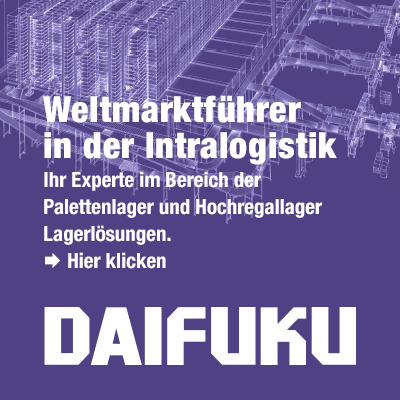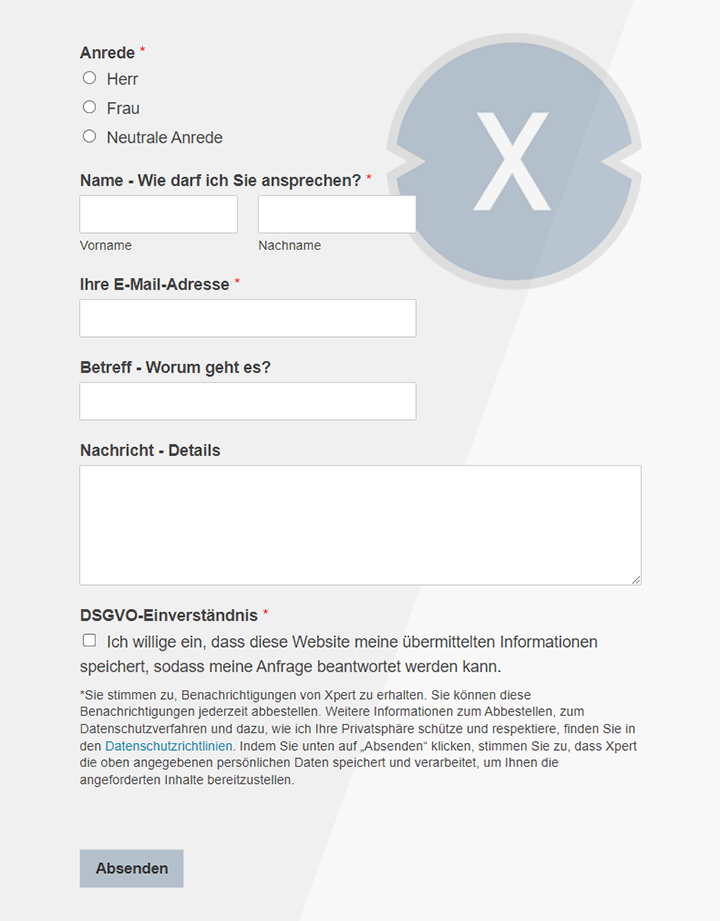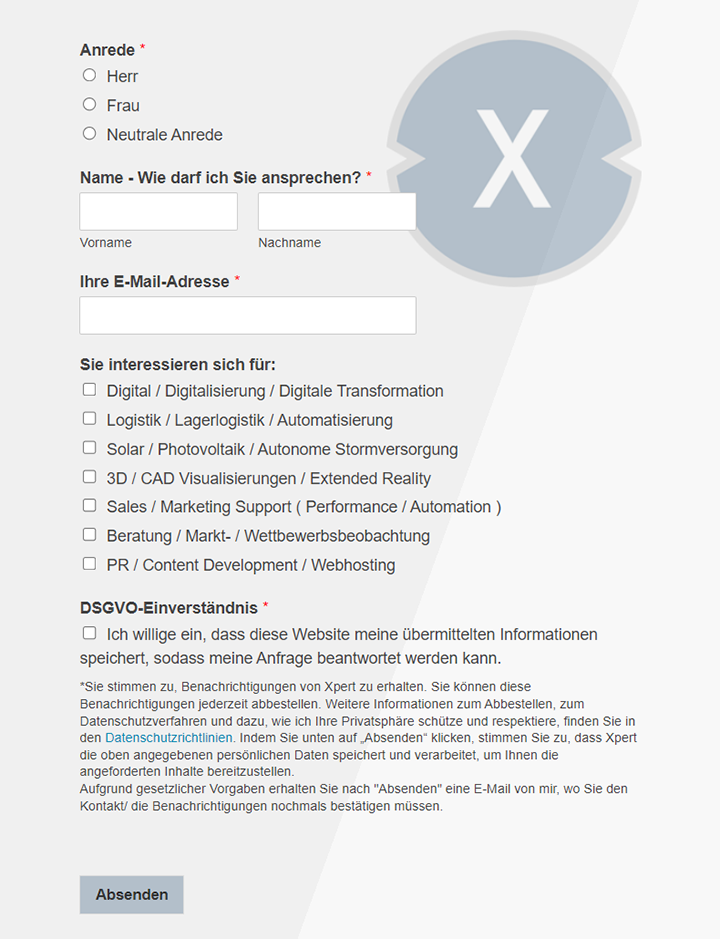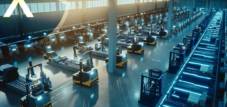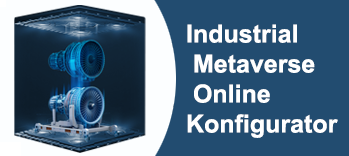Intralogistics study: Investments in automation and digitization pay off
Xpert pre-release
Language selection 📢
Published on: May 12, 2025 / update from: May 12, 2025 - Author: Konrad Wolfenstein
94 % Success: Companies benefit from automation solutions
Skills shortage and costs: pressure on intralogistics is growing
The current study “Automation and Digitization in Instalogistics” by TMG Consultants reveals a considerable need to catch up in German industry. While the companies have largely optimized their production processes, intralogistics show a clear deficit. Nevertheless, the study clearly shows that those who invest in modern intralogistics benefit - 94 percent of companies that have already invested in automation solutions report positive results. At the same time, many companies with a shortage of skilled workers, rising costs and the need for faster response times are fighting, which further increases the pressure to act.
Suitable for:
- Global shortage of skilled workers: skilled workers from abroad? Why the market doesn't cooperate and the arguments are ethically questionable

Current situation in German intralogistics
The TMG study, for which over 2,500 companies from the manufacturing industry were interviewed between March and July 2024, draws a sobering picture of the automation degree of German intralogistics. Over 100 companies took part in the online survey and thus provide a representative result for the industry.
Low degrees of automation dominate
The examination reveals serious deficits: 63 percent of the companies surveyed have not automated their intralogistics or only begins to automate them. After all, another 22 percent have partially automated processes. Highly automated processes with integrated systems can only be found in 11 percent of companies, and only 4 percent reach the highest level of autonomous intralogistics.
It is also noteworthy that many companies overestimate the maturity level of their own intralogistics. The respondents assess the state of automation and digitization in their own company on average 2.76 on a scale from 1 (completely manual) to 5 (complete automation solution). However, the actual assessment is only 2.19.
Suitable for:
- Warehouse automation globally: A comparison between the USA, China and South Korea - in the USA there are currently 80% manual warehouses!
Differences in functional areas
A differentiated view shows significant differences between the individual functional areas of intralogistics. While networked intralogistics already have comparatively high levels of ripening, there are considerable deficits in the inclusion and unloading technology. In particular, the automated truck discharge on the ramp is still a largely unsolved challenge.
Central challenges in intralogistics
The study identifies three dominant challenges with which companies are confronted with intralogistics and that increase the pressure on modernization.
A shortage of skilled workers as the main problem
The shortage of skilled workers was identified as a central challenge. In the survey, the participants were able to classify eight given challenges on a scale from 1 to 8. The lack of qualified staff was rated as particularly critical. This coincides with knowledge from other studies, which also call the lack of personnel as the decisive driver for automation investments.
Economic pressure increases
The second major challenge is the continuously increasing costs. Companies are forced to make their intralogistics processes more efficient in order to remain competitive. According to experts, around 50 percent of the total logistics costs account for intralogistics, which illustrates the enormous savings potential in this area.
Need faster response times
The need for faster response times was identified as the third essential factor. In an increasingly dynamic market environment, companies have to make their processes more flexible and faster. Automated intralogistics solutions can make a decisive contribution to shortening throughput times and improving reactionability.
Profitability of intralogistics investments
The central finding of the study is: Investments in automation and digitization of intralogistics pay off. This finding is often refuted with the Return on Investment (ROI).
High success rate for investments
The examination impressively proves: Companies that have invested in the automation of their intralogistics report in 94 percent of the cases of positive results. This is a remarkable result that underlines the economy of corresponding investments.
Exaggerated focus on the ROI
Despite these positive experience, many companies show an exaggerated fixation on the short -term return on investment. According to the “Industry 4.0 Barometer 2023”, two thirds of all companies do without progressive digitization and automation because they fear uncertainties in the ROI.
Christina Reich from Management and IT consulting MHP explains: “In the area of digitization, the calculation of a ROI is mostly possible, but if the ROI is solely considered, many indirect advantages- such as increased transparency- are not noticed. Due to the high initial investment costs, an introduction of digitization solutions often has a deterrent.”
Xpert partner in warehouse planning and construction
Stay competitive: Innovations as the key to intralogistics transformation
Broader understanding of profitability
For an appropriate assessment of the investments in intralogistics, a broader understanding of profitability should be used, which also includes qualitative factors. In addition to direct cost savings, the advantages of automated intralogistics solutions include:
- Optimized personnel costs and higher -quality activities for employees
- Improved use of space and increased storage capacity
- Accelerated processes and shortened throughput times
- Avoidance of bottlenecks and higher security of supply
- Increased transparency and better controllability of the processes
Suitable for:
- Automation for SMEs: too expensive? Too complicated? Robots in craft and logistics? Wrongly thought!
Technological trends and investment areas
The study shows that companies have invested in different areas of intralogistics or are planning investments. These investments follow certain technological trends and target specific functional areas.
Automation of the internal transport
34 percent of the companies surveyed have invested in the automation of internal transport in recent years. The focus is particularly on autonomous mobile robots (AMR) and driverless transport systems (FTS), which are becoming increasingly flexible and cost -efficient. These technologies enable high availability around the clock and can relieve personnel resources.
Networked intralogistics and digital technologies
Another focus of investment is on the networking of intralogistics processes. Various digital technologies are used here, from picking aids such as pick-by-light and pick-by-voice to complex warehouse management systems. These systems offer real -time information via the inventory and can automatically trigger orders, which significantly increases transparency.
Future technologies by 2030
Further technological innovations are expected for future development by 2030. According to a study by Roi-Efeso, the focus is not on abstract trend topics such as artificial intelligence, but concrete technologies that are relevant for specific applications. These include:
- Progress in sensor technology
- Improved battery and charging technologies
- Autonomous warehouse robot
- Work -based assistance systems such as data glasses
Obstacles and recommendations for action
Despite the proven profitability, many companies hesitate to modernize their intralogistics. The study identifies several reasons for this reluctance and gives recommendations for action.
Main obstacles to investments
The essential obstacles to investments in intralogistics are mentioned:
- Missing strategic view of intralogistics
- Lack of project resources for implementation
- Inadequate market overview of available technologies
- Excessive focus on the short -term ROI
Benjamin Hölzle, Director SCM & Logistics at TMG Consultants, states: “Automation is the crucial lever to effectively counter challenges such as the shortage of skilled workers, increasing costs or the need for faster response times. Nevertheless, the economy shows a certain resignation. It thus plays its competitive advantage through outdated intralogistics structures.”
Promising strategies
Based on the study results, the following recommendations for action can be derived:
- Holistic consideration: companies should consider and standardize their intralogistics holistically instead of implementing isolated solutions for individual areas.
- Differentiated ROI consideration: In addition to direct cost savings, indirect advantages such as increased transparency, improved quality and increased flexibility should be taken into account in the investment decision.
- Gradually implementation: A step -by -step approach with scalable solutions can minimize the financial risks and at the same time pave the way for a more comprehensive automation.
- Focus on employees: The qualification and integration of employees is crucial for the success of automation projects. By taking over monotonous activities by machines, employees can be used for higher quality tasks.
Action needs despite positive perspectives
The TMG study “Automation and Digitization in intralogistics” reveals both urgent needs and promising perspectives for German industry. On the one hand, there is a considerable need to catch up on the modernization of intralogistics, on the other hand, the results clearly show that corresponding investments are worthwhile.
The central knowledge is: Investments in the automation and digitization of intralogistics pay off. The high success rate of 94 percent for projects already realized is impressive. Nevertheless, many companies act hesitantly and thereby risk losing connection in international competition.
In order to remain competitive in the future, companies should no longer consider their intralogistics as subordinate areas, but as a strategic success factor. The challenges through a shortage of skilled workers, rising costs and the request for faster response times require innovative solutions that go beyond a pure ROI view. If you now invest in modern intralogistics solutions, you can not only reduce costs in the long term, but also increase the quality, flexibility and future viability of the entire company.
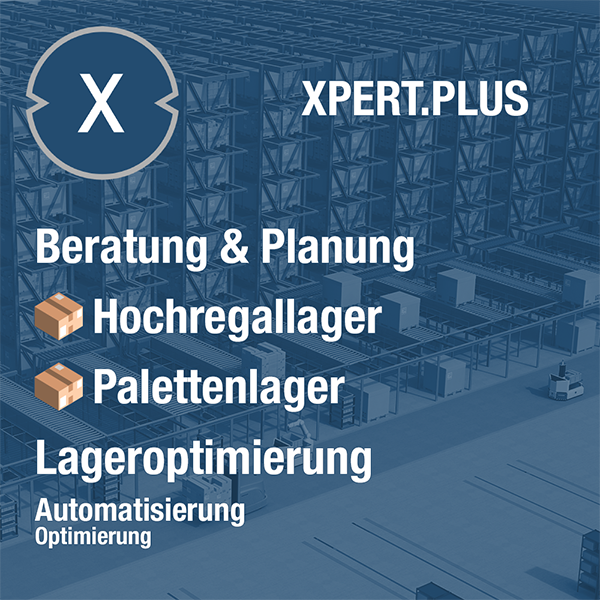
Xpert.Plus warehouse optimization - high-bay warehouses such as pallet warehouses consulting and planning
We are there for you - advice - planning - implementation - project management
☑️ SME support in strategy, consulting, planning and implementation
☑️ Creation or realignment of the digital strategy and digitalization
☑️ Expansion and optimization of international sales processes
☑️ Global & Digital B2B trading platforms
☑️ Pioneer Business Development
I would be happy to serve as your personal advisor.
You can contact me by filling out the contact form below or simply call me on +49 89 89 674 804 (Munich) .
I'm looking forward to our joint project.
Xpert.Digital - Konrad Wolfenstein
Xpert.Digital is a hub for industry with a focus on digitalization, mechanical engineering, logistics/intralogistics and photovoltaics.
With our 360° business development solution, we support well-known companies from new business to after sales.
Market intelligence, smarketing, marketing automation, content development, PR, mail campaigns, personalized social media and lead nurturing are part of our digital tools.
You can find out more at: www.xpert.digital - www.xpert.solar - www.xpert.plus





